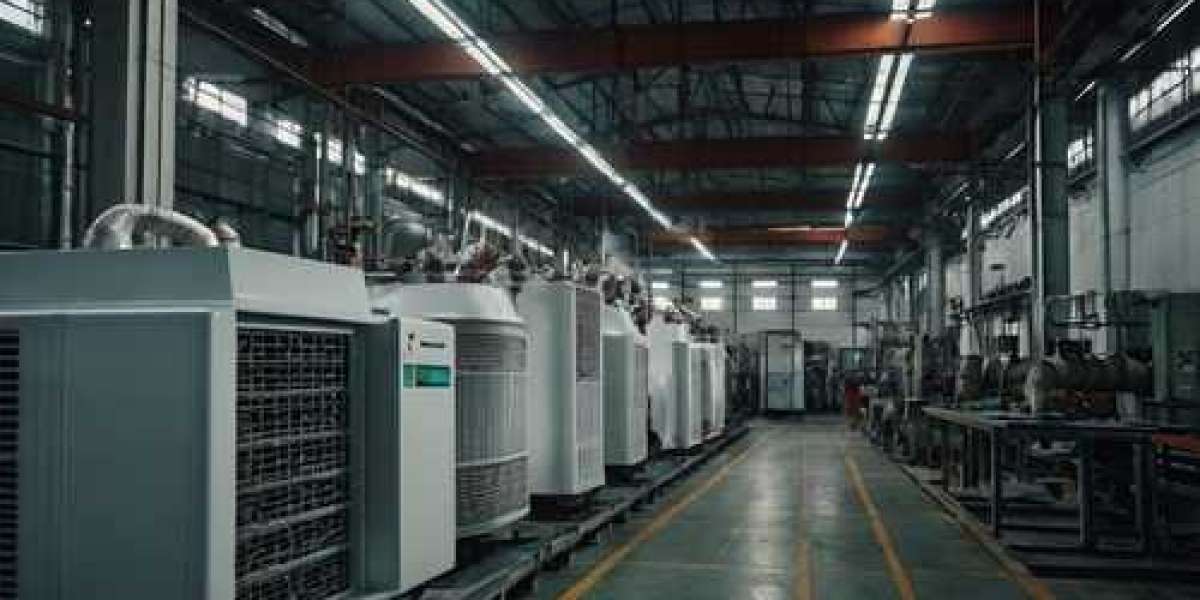Introduction to the India Air Purifier Market
The India Air Purifier Market is set for dynamic changes as it heads towards 2031, driven by evolving consumer needs, technological advancements, and regulatory developments. The growing awareness of air pollution's health impacts and the increasing demand for cleaner indoor environments are shaping the market landscape. This article explores the key trends that will influence the India Air Purifier Market in the coming years.
Rising Demand Due to Air Pollution
One of the primary drivers of growth in the India Air Purifier Market is the persistent issue of air pollution. Major cities in India frequently experience high levels of particulate matter (PM2.5 and PM10), which poses significant health risks. As a result, consumers are increasingly investing in air purifiers to improve indoor air quality and safeguard their health. This trend is expected to continue as urbanization and industrial activities contribute to worsening air conditions.
Technological Innovations and Advancements
Technological innovation plays a crucial role in shaping the air purifier market. In 2031, consumers will benefit from advanced air purification technologies that offer superior performance and efficiency. Key technological trends include:
- Smart Air Purifiers: Integration of IoT and AI technologies will lead to the development of smart air purifiers with features such as real-time air quality monitoring, automatic adjustment of purification levels, and remote control via smartphone apps. These features will enhance user convenience and system efficiency.
- Advanced Filtration Systems: The use of high-efficiency particulate air (HEPA) filters, activated carbon filters, and UV-C light technology will become more prevalent. These technologies are effective at removing fine particulate matter, gases, and pathogens from the air, catering to the needs of health-conscious consumers.
- Energy-Efficient Models: As environmental concerns grow, manufacturers will focus on developing energy-efficient air purifiers. These models will offer high performance while minimizing energy consumption, aligning with the global trend towards sustainability.
Government Regulations and Initiatives
Government policies and regulations will significantly impact the India Air Purifier Market. The Indian government is expected to implement stricter air quality standards and promote initiatives to reduce pollution levels. These measures may include:
- Emission Control Regulations: Stricter emission standards for vehicles and industrial processes will contribute to improved air quality, indirectly boosting the demand for air purifiers as consumers seek additional protection against pollution.
- Awareness Campaigns: Government-led awareness campaigns highlighting the benefits of air purifiers and the importance of indoor air quality will further drive market growth. Such initiatives will educate consumers about the health risks associated with poor air quality and the advantages of using air purifiers.
Consumer Preferences and Market Segmentation
Consumer preferences will continue to evolve, influencing the segmentation of the air purifier market. Key trends include:
- Increased Focus on Health and Wellness: As health consciousness rises, consumers will prefer air purifiers that offer comprehensive filtration solutions, including removal of allergens, bacteria, and volatile organic compounds (VOCs). This trend will drive demand for high-performance and multifunctional air purifiers.
- Customization and Personalization: There will be a growing demand for air purifiers that offer customizable settings and personalized features. Consumers will seek products that can be tailored to their specific needs, such as room size, pollution levels, and health requirements.
- Growth in E-Commerce Sales: Online retail channels will play a significant role in the distribution of air purifiers. The convenience of online shopping and the availability of a wide range of products will drive e-commerce sales, making air purifiers more accessible to a broader audience.
Future Outlook and Market Opportunities
Looking ahead to 2031, the India Air Purifier Market presents several opportunities for growth and innovation:
- Expansion into Tier 2 and Tier 3 Cities: Market expansion into smaller cities and towns will open new avenues for growth. As awareness about air quality spreads, consumers in these areas will increasingly seek air purifiers for their homes and offices.
- Collaborations and Partnerships: Collaborations between manufacturers, technology providers, and retailers will drive innovation and improve market reach. Strategic partnerships will enable companies to offer integrated solutions and enhance their market presence.
Conclusion
The India Air Purifier Market is poised for substantial growth by 2031, driven by factors such as rising air pollution, technological advancements, and evolving consumer preferences. As the market evolves, consumers can expect more advanced, energy-efficient, and user-friendly air purification solutions. The future of the air purifier market in India looks promising, with opportunities for innovation and expansion shaping the industry's trajectory.














